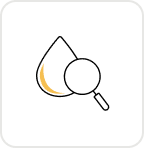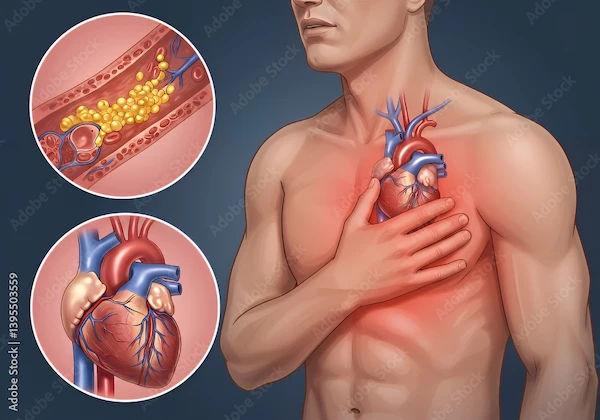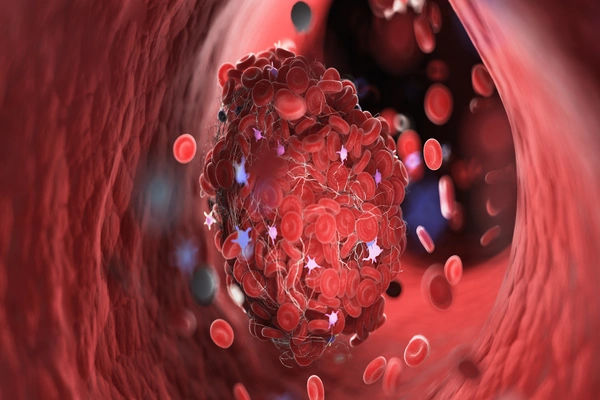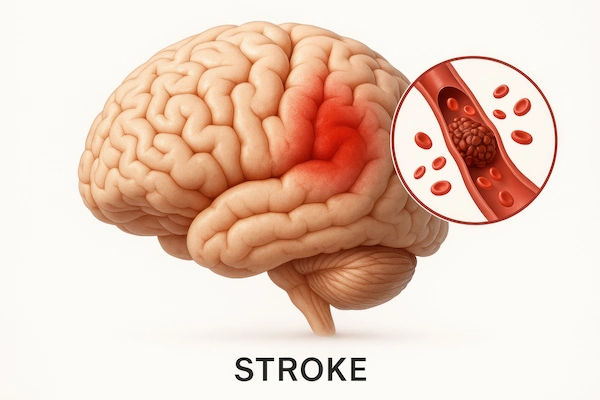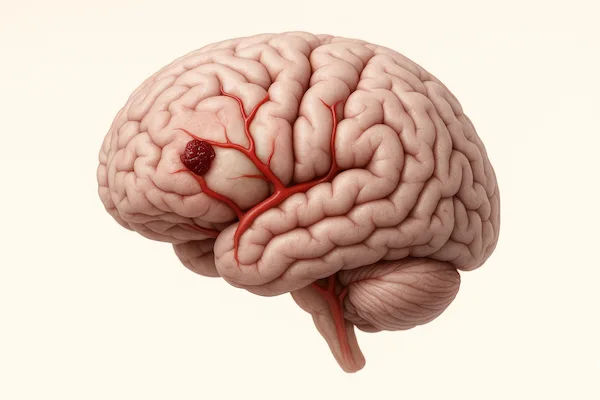Understanding A Stroke
Learn what a stroke is, how to recognise its warning signs, and the urgent steps to take. Understand causes, treatments, prevention, and recovery strategies to protect your brain health.

Written by Dr. Dhankecha Mayank Dineshbhai
Reviewed by Dr. Rohinipriyanka Pondugula MBBS
Last updated on 3rd Oct, 2025

Introduction
Every 20 seconds, someone in India has a stroke. It’s a medical emergency that strikes suddenly, cutting off vital blood supply to parts of the brain. Understanding what a stroke is, how to recognise its signs, and what to do next can mean the difference between life and death, or between a full recovery and long-term disability. This guide will walk you through everything you need to know about this "brain attack," from its underlying causes to the journey of recovery and prevention. Your knowledge today could save a life tomorrow.
What is a Stroke? A Brain Attack Explained
A stroke, often called a "brain attack," occurs when the blood supply to a part of your brain is interrupted or severely reduced. This deprives brain tissue of oxygen and nutrients. Within minutes, brain cells begin to die. This is why a stroke is a quintessential medical emergency where every minute counts.
The Brain's Dependence on Blood Flow
Your brain is the command centre of your body, controlling everything from movement and speech to your heartbeat and emotions. To perform these complex functions, it requires a constant, rich supply of oxygen and glucose delivered by blood. When this supply is blocked by a clot or cut off by a bleed, the affected brain area cannot function. The effects of a stroke depend on which part of the brain is damaged and how much tissue is affected. Damage to the right side of the brain can cause paralysis on the left side of the body, and vice versa.
Consult a Neurologist for the best advice
The Three Main Types of Stroke
Not all strokes are the same. Understanding the type is crucial for determining the right treatment.
Ischaemic Stroke: The Most Common Type
Accounting for about 87% of all strokes, an ischaemic stroke happens when a blood clot blocks an artery leading to the brain. The clot can form directly in the brain's arteries (thrombotic stroke) or travel from elsewhere in the body, such as the heart, and lodge in a narrower brain artery (embolic stroke). The underlying cause is often atherosclerosis—a buildup of fatty deposits (plaque) that narrows the arteries.
Haemorrhagic Stroke: When a Blood Vessel Bursts
A haemorrhagic stroke occurs when a weakened blood vessel ruptures and bleeds into the surrounding brain. The accumulated blood compresses brain tissue, causing damage. High blood pressure (hypertension) is the most common cause, as it can weaken arteries over time. Aneurysms (ballooning of artery walls) are also a frequent culprit.
TIA (Transient Ischaemic Attack): A Warning Stroke
Often called a "mini-stroke," a transient ischaemic attack (TIA) is caused by a temporary clot. The symptoms are identical to those of a major stroke but typically last only a few minutes and leave no permanent damage. However, a TIA is a major warning sign that a full-blown ischaemic stroke may be imminent. It should never be ignored.
Recognising the Signs: The FAST Acronym and Beyond
Speed is critical. Use the FAST test to identify a stroke quickly:
- Face: Ask the person to smile. Does one side of the face droop?
- Arms: Ask them to raise both arms. Does one arm drift downward?
- Speech: Ask them to repeat a simple phrase. Is their speech slurred or strange?
- Time: If you observe any of these signs, call emergency services immediately. Note the time when symptoms first
appeared.
Other Common Stroke Symptoms You Shouldn't Ignore
While FAST covers the major signs, other sudden symptoms can also indicate a stroke:
- Sudden numbness or weakness in the face, arm, or leg, especially on one side of the body.
- Sudden confusion, trouble speaking, or difficulty understanding speech.
- Sudden trouble seeing in one or both eyes.
- Sudden trouble walking, dizziness, loss of balance, or lack of coordination.
- Sudden severe headache with no known cause.
What Causes a Stroke? Key Risk Factors
Many factors can increase your risk of having a stroke. The good news is that most of them are within your control.
Modifiable Risk Factors: Lifestyle and Conditions You Can Control
These are the most significant contributors to stroke risk and include:
- High Blood Pressure: The leading cause of stroke.
- Smoking: Damages blood vessels and accelerates clot formation.
- Diabetes: High blood sugar damages blood vessels over time.
- High Cholesterol: Leads to plaque buildup in arteries (atherosclerosis).
- Physical Inactivity and Obesity.
- Atrial Fibrillation (AFib): An irregular heartbeat that can cause blood clots to form in the heart.
Non-Modifiable Risk Factors: Age, Family History, and More
Some stroke risk factors cannot be changed, but knowing them helps in prevention and early action:
- Age: Risk doubles for each decade after age 55.
- Family History: Your risk is higher if a parent or sibling has had a stroke.
- Race: African Americans have a higher risk of death from stroke.
- Sex: Women have more strokes than men and are more likely to die from them.
- Prior Stroke or TIA.
How is a Stroke Diagnosed and Treated?
Upon arrival at the hospital, doctors act quickly to confirm a stroke and its type.
Critical Diagnostic Tests: CT Scans, MRIs, and More
A CT scan is often the first test to determine if the stroke is ischaemic (clot) or haemorrhagic (bleed). An MRI can
provide more detailed images. Other tests may include carotid ultrasound to check neck arteries and an echocardiogram
to look for heart clots.
Emergency Stroke Treatment Options
Treatment depends on the type of stroke:
- For Ischaemic Stroke: The goal is to restore blood flow. Clot-busting drugs (tPA) must be administered within a few
hours. A procedure called a thrombectomy physically removes the clot and can be effective up to 24 hours for some patients. - For Haemorrhagic Stroke: The focus is on controlling the bleed and reducing pressure on the brain. This may involve
surgery to repair broken blood vessels or clip aneurysms.
If you or a loved one experiences any signs of a stroke, it is crucial to seek immediate medical attention. For follow-up care and managing risk factors, you can consult a neurologist online with Apollo24|7 for further evaluation.
Get Your Health Assessed
The Road to Recovery: Life After a Stroke
Recovery is a marathon, not a sprint. It begins in the hospital and continues with long-term rehabilitation. The extent of recovery varies greatly from person to person.
The Role of Rehabilitation Therapy
Rehabilitation is essential for relearning skills lost due to brain damage. A team of specialists typically guides this process.
Physical Therapy for Regaining Movement
Physical therapists help survivors improve strength, balance, and coordination to relearn walking, sitting, and other motor functions.
Occupational Therapy for Daily Living Skills
Occupational therapists focus on helping patients regain the ability to perform activities of daily living (ADLs), such as eating, bathing, and dressing.
Speech-Language Therapy for Communication
For those with aphasia (difficulty speaking or understanding language), speech-language pathologists provide exercises to improve communication skills. They also help with swallowing difficulties (dysphagia).
Can You Prevent a Stroke? Proactive Strategies
Up to 80% of strokes are preventable. Key strategies include:
- Managing Health Conditions: Controlling blood pressure, diabetes, and cholesterol is paramount.
- Eating a Healthy Diet: Emphasise fruits, vegetables, whole grains, and lean proteins while limiting salt, saturated fat, and processed foods.
- Staying Physically Active: Aim for at least 150 minutes of moderate exercise per week.
- Maintaining a Healthy Weight.
- Quitting Smoking and Limiting Alcohol.
- Taking Medications as Prescribed, such as anticoagulants for AFib or antiplatelets like aspirin.
Regular check-ups are vital for prevention. Apollo24|7 offers convenient home collection for tests like cholesterol panels and HbA1c (for diabetes monitoring), making it easier to keep track of your health.
Conclusion
Understanding a stroke empowers you to protect yourself and your loved ones. Knowledge of the FAST acronym can save a life, while awareness of risk factors can help you take steps to prevent a stroke from ever happening. Recovery is a challenging journey, but with timely medical intervention, dedicated rehabilitation, and a strong support system, many survivors can regain their independence and lead fulfilling lives.
Your health is your most valuable asset. Take proactive steps today. Speak with a healthcare professional to assess your personal risk factors. If you need to manage conditions like hypertension or diabetes, you can book a physical visit to a doctor with Apollo24|7 to create a personalised prevention plan. Share this knowledge—it might be the most important thing you do today.
Consult a Neurologist for the best advice
Consult a Neurologist for the best advice

Dr Debnath Dwaipayan
Neurosurgeon
9 Years • MBBS, MS(Gen. Surgery), DrNB (Neurosurgery)
Delhi
Apollo Hospitals Indraprastha, Delhi
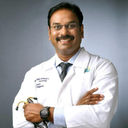
Dr Rajesh Venkat Indala
Neurologist
10 Years • DNB, DM FAAN
Chinagadila
Apollo Hospitals Health City Unit, Chinagadila
(175+ Patients)

Dr. Uddalak Chakraborty
Neurologist
8 Years • MBBS, MD(GENL.MED.),DM(NEUROLOGY)
Kolkata
MCR SUPER SPECIALITY POLY CLINIC & PATHOLOGY, Kolkata
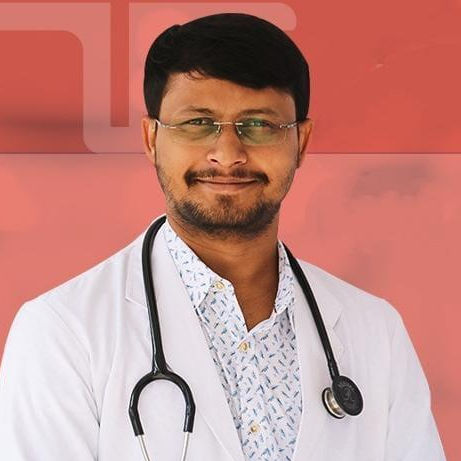
Dr. Ganeshgouda Majigoudra
Neurologist
10 Years • MBBS, MD ( GENERAL MEDICINE) DM (NEUROLOGY)
Bengaluru
Apollo Clinic, JP nagar, Bengaluru
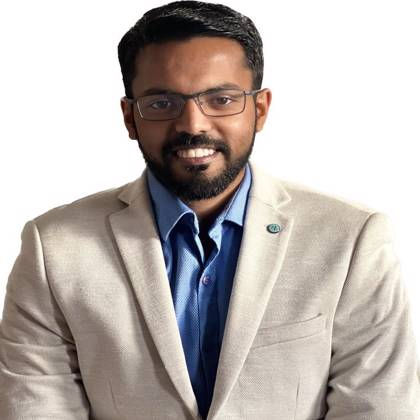
Dr. Sreenivas U M
Neurologist
8 Years • MD, DM, MRCP (UK)
Chennai
Apollo Speciality Hospitals Vanagaram, Chennai
Consult a Neurologist for the best advice

Dr Debnath Dwaipayan
Neurosurgeon
9 Years • MBBS, MS(Gen. Surgery), DrNB (Neurosurgery)
Delhi
Apollo Hospitals Indraprastha, Delhi

Dr Rajesh Venkat Indala
Neurologist
10 Years • DNB, DM FAAN
Chinagadila
Apollo Hospitals Health City Unit, Chinagadila
(175+ Patients)

Dr. Uddalak Chakraborty
Neurologist
8 Years • MBBS, MD(GENL.MED.),DM(NEUROLOGY)
Kolkata
MCR SUPER SPECIALITY POLY CLINIC & PATHOLOGY, Kolkata

Dr. Ganeshgouda Majigoudra
Neurologist
10 Years • MBBS, MD ( GENERAL MEDICINE) DM (NEUROLOGY)
Bengaluru
Apollo Clinic, JP nagar, Bengaluru

Dr. Sreenivas U M
Neurologist
8 Years • MD, DM, MRCP (UK)
Chennai
Apollo Speciality Hospitals Vanagaram, Chennai
More articles from Stroke
Frequently Asked Questions
1. What is the difference between a stroke and a heart attack?
A stroke is a 'brain attack' caused by a problem with blood flow to the brain. A heart attack is caused by a blockage in blood flow to the heart muscle. Both are medical emergencies, but they affect different organs.
2. Can young people have a stroke?
Yes, while risk increases with age, strokes can occur at any age, including in children and young adults. Factors like congenital heart defects, clotting disorders, and lifestyle choices can contribute to stroke in younger people.
3. What are the long-term effects of a stroke?
Long-term effects depend on the stroke's severity and location. They can include paralysis, difficulty speaking (aphasia), memory loss, emotional changes, and chronic pain. Rehabilitation aims to mitigate these effects.
4. How can you tell the difference between a stroke and a migraine?
Some migraine auras can mimic stroke symptoms like visual disturbances or numbness. However, stroke symptoms are typically sudden and maximal at onset, while migraine symptoms often develop gradually. If in doubt, always treat it as a potential stroke and seek immediate help.
5. What is the life expectancy after a stroke?
Life expectancy varies widely. Many people live for decades after a stroke, especially with effective management of risk factors to prevent a recurrence. Age, overall health, and the severity of the initial stroke are significant factors.
